
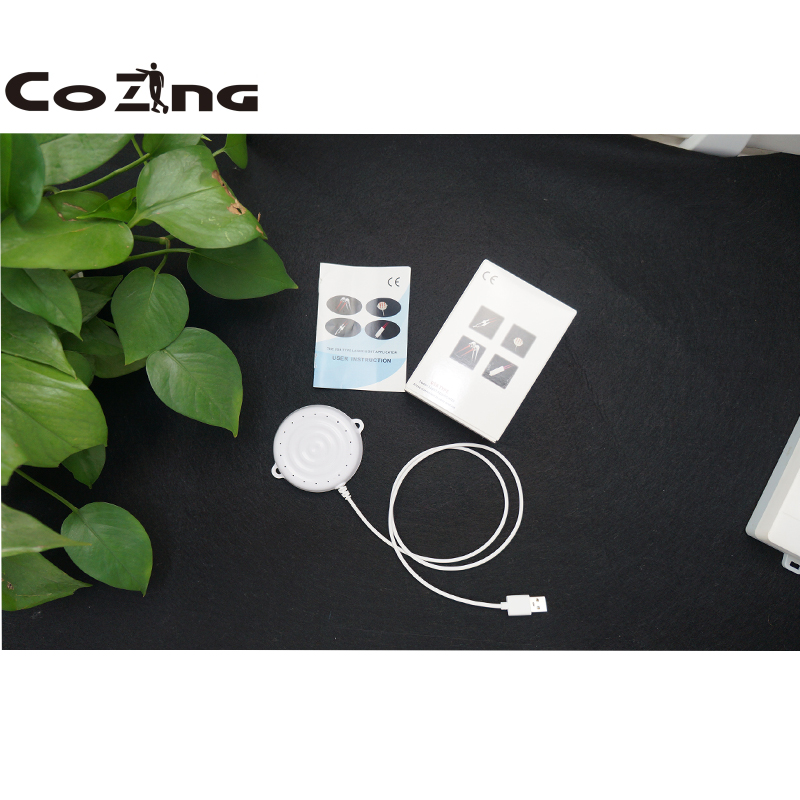
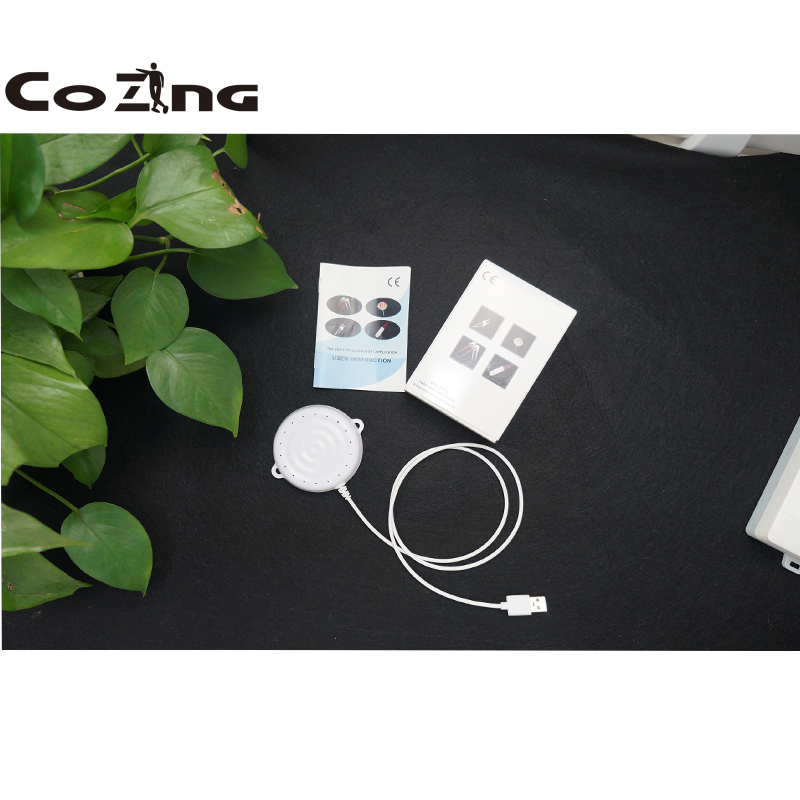
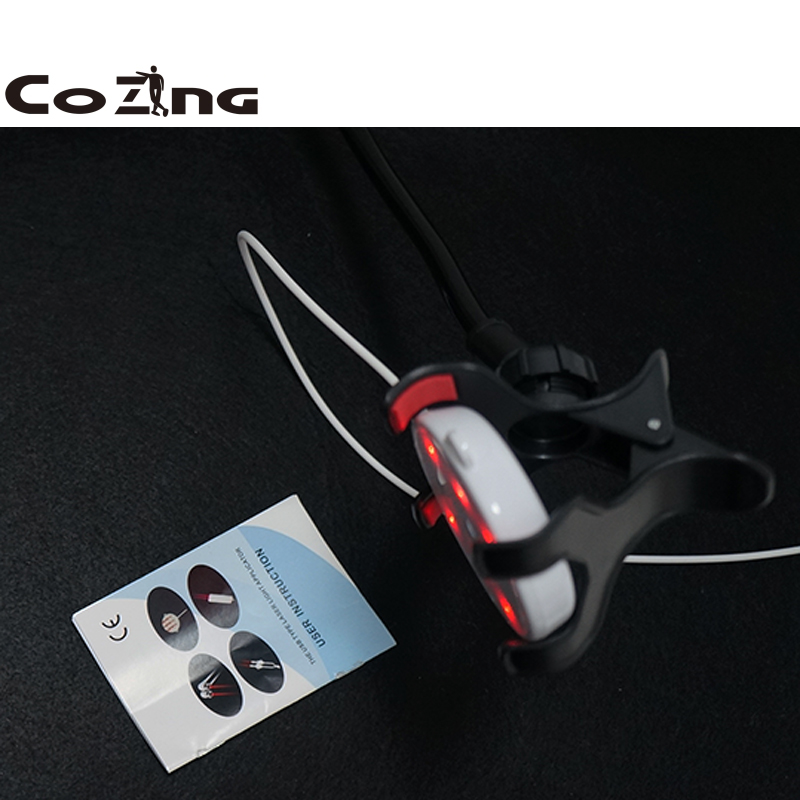
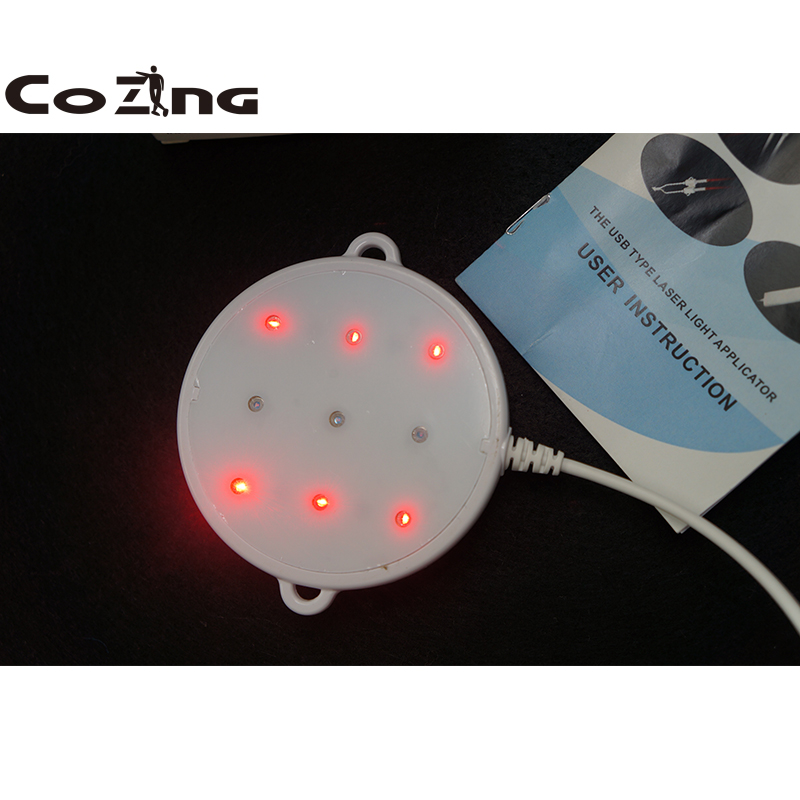
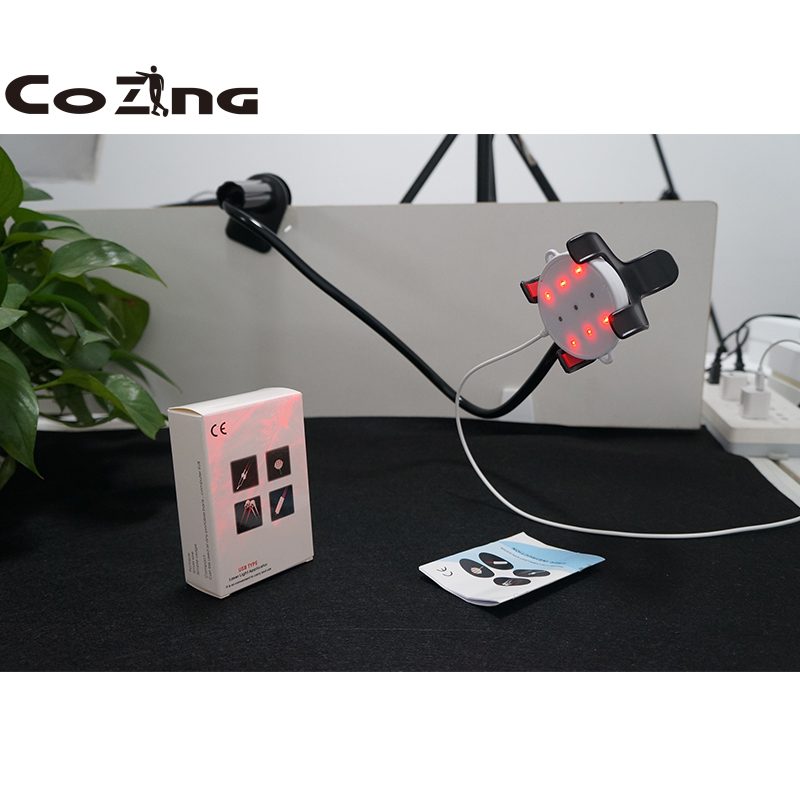
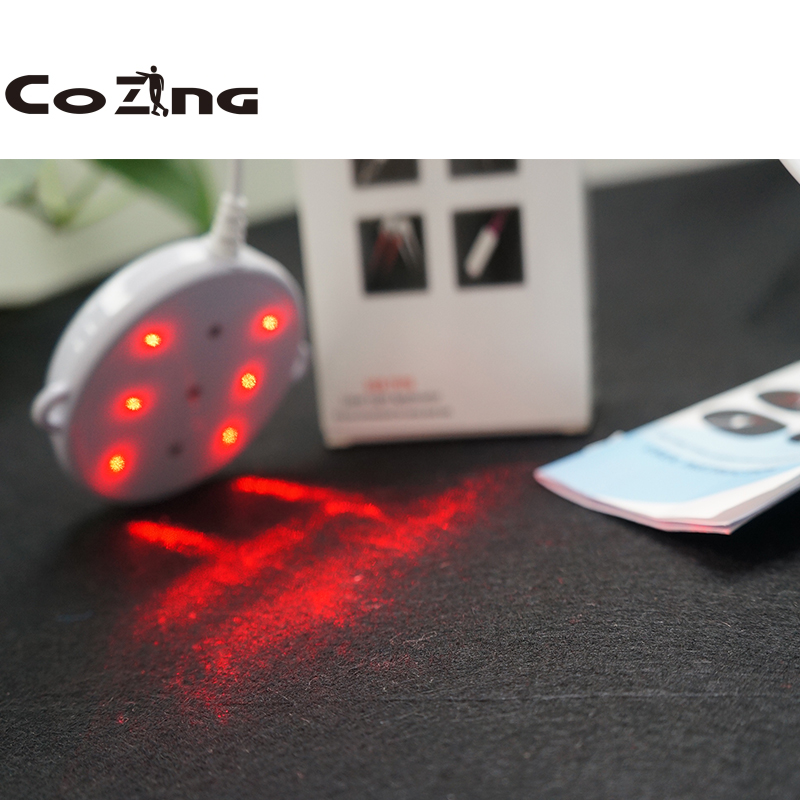
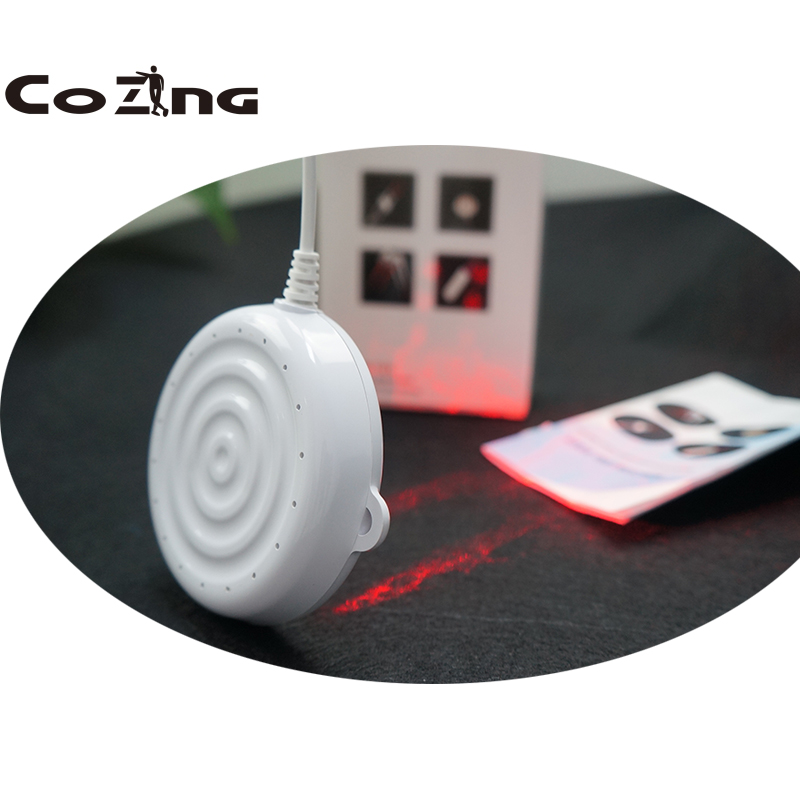
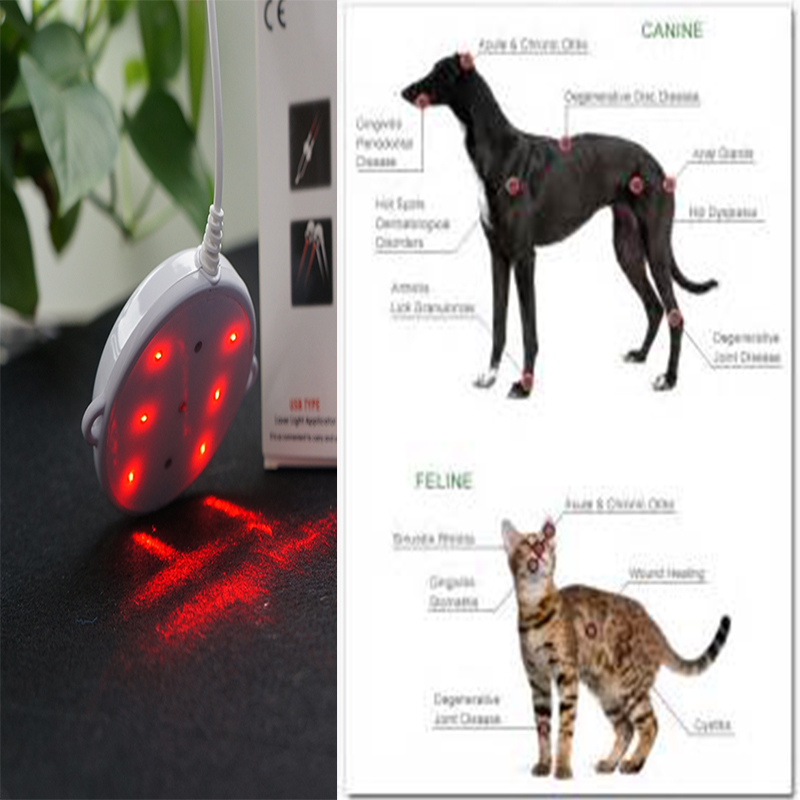
Electric Medical Pain Relief Portable Physical
Laser Therapy Device for Animal
Model:COZING-USBP1
(9 DIODE-3PCS 808nm, 6PCS 650nm)
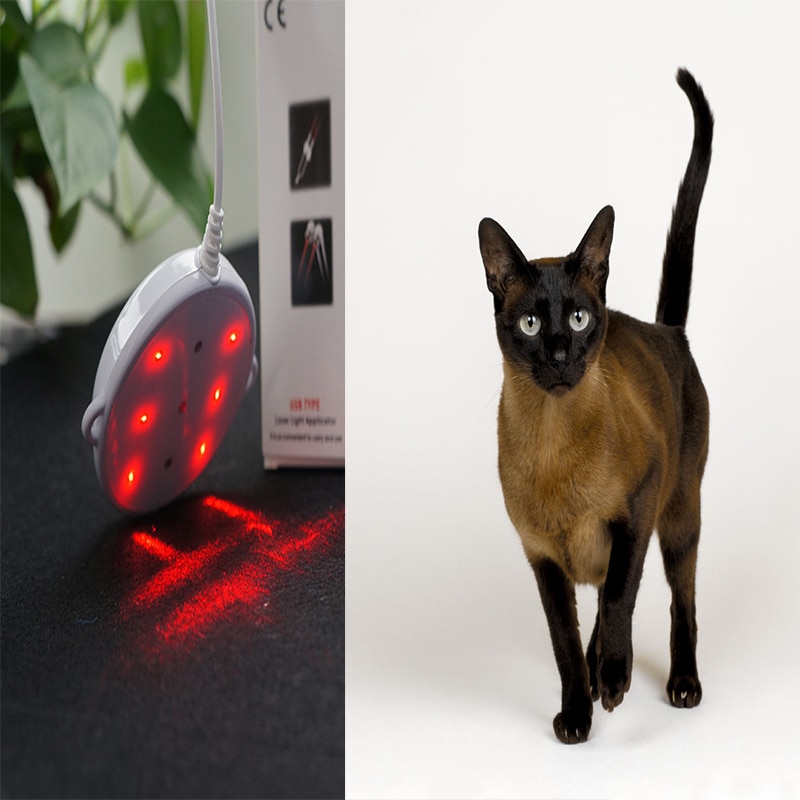
Functions:
Surgical wound healing
Traumatic wound healing
Increasing the metabolism of specific tissues
Reducing the formation of scar tissue
Immunoregulation
Improving nerve function and nerve regeneration
Releasing of painful trigger points
Speeding the healing of infections
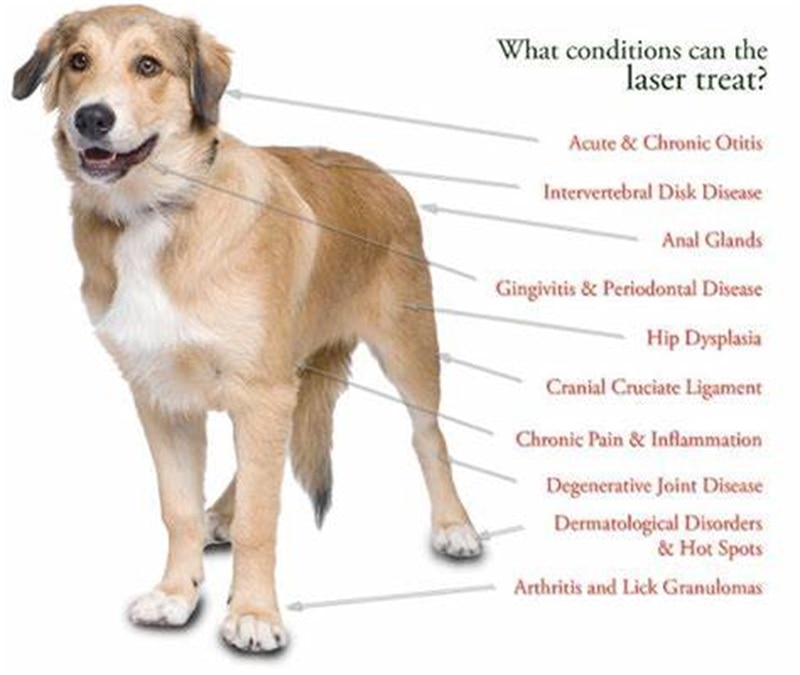
Laser therapy for dogs can help in many cases by promoting healing and reducing inflammation and pain.
This increasingly popular treatment option goes by many names: red-light therapy, photobiomodulation therapy (PBMT) and low-level laser therapy (LLLT).
How and when can it help pups to recover?
Benefits of Laser Therapy for Dogs
Many canine health issues have responded positively to laser therapy. “Therapeutic laser is used to treat a myriad of conditions, including osteoarthritis, intervertebral disc disease, lick granuloma, cellulitis, and others, in dogs,”
“In fact, any place we find inflammation and/or pain, we can apply the principle of photobiomodulation,”
Dr. Erin Troy, owner of Muller Veterinary Hospital in Walnut Creek, California, agrees that dog laser therapy reduces pain and inflammation and promotes the healing of many tissues in the body, including skin, ears, gums, muscles and tendons.
Veterinarians are also using laser therapy for dogs as part of their multimodal approach to address ear infections, which often recur or become chronic.
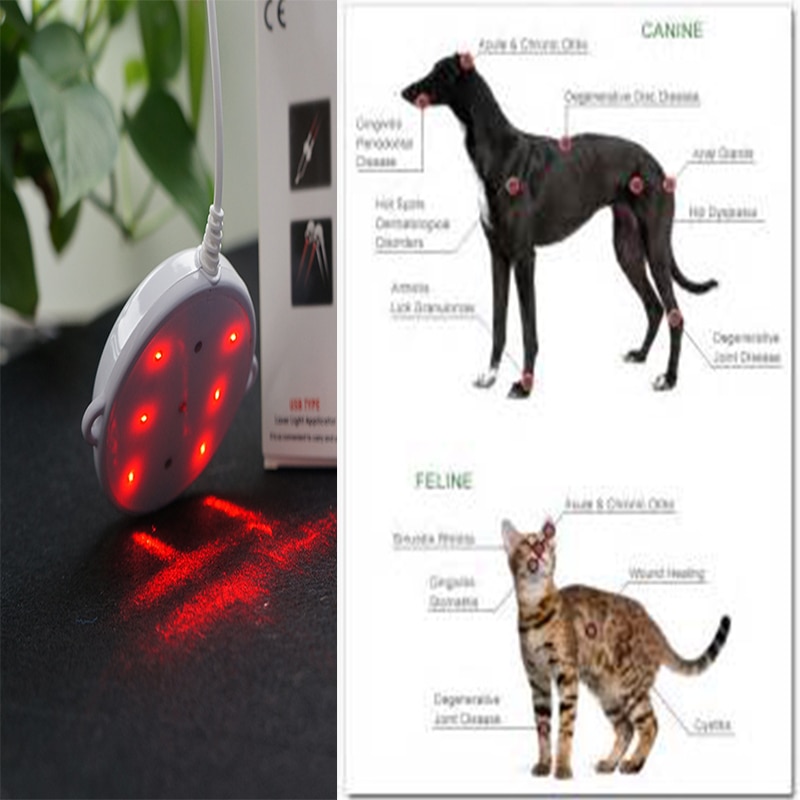
How Does Laser Therapy for Dogs Work?
Therapeutic laser therapy uses light energy, which is cold or low-level, to work its “magic.” Light used at specific frequencies causes a physiological change at the cellular level, an integrative veterinary practitioner.
These changes can include replenishing adenosine triphosphate (ATP, the molecule that carries energy in the cells of every living being), reducing inflammation and decreasing pain transmission.
While the exact method of action for laser therapy has not yet been identified, it is thought that, in essence, it provides a “jump start” to the cells needed for healing and other body processes.
What to Expect During a Dog Laser Therapy Session
During a typical treatment, the pet will lie on a padded bed or blanket on a table or the floor, says Dr. Downing. “I generally deliver my treatments on my own, using a handheld device, with the animal simply reclining,”
“Sometimes the owner positions himself or herself by the patient’s head and pets them while we chat during the treatment.” Both the dog and the people in the room must wear goggles to protect their eyes while the laser is in use.
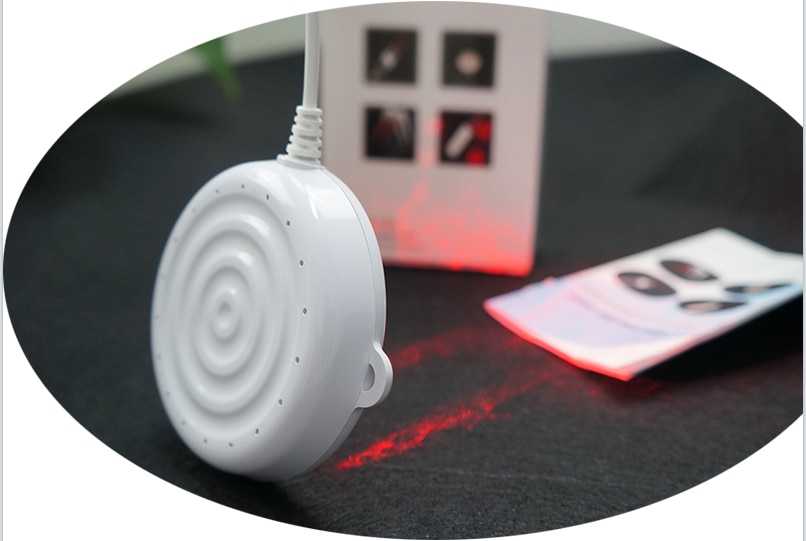
How Long Does Each Laser Therapy Session Last?
Around 15-25mins
How Many Laser Therapy Treatments Will Your Dog Need?
The frequency of dog laser therapy treatments varies depending on the type of laser used, the disease being treated, and whether it is a chronic or acute issue. Typically, Dr. Downing treats her patients two to three times per week for two to three weeks, and then reduces the frequency depending on the outcome she achieves.
For very acute, painful conditions like a ruptured anal gland, she treats the dog daily for three to five days, then several times the next week, and then increases the time between treatments until she’s attained her set goal. The first treatment for surgical wounds is done before the animal even wakes up.

The Research Behind Dog Laser Therapy
Although laser therapy has been available for 40 years, evidence to support its use for alleviating pain and accelerating healing has only recently emerged.
As more robust studies have been carried out, interest in therapeutic laser for treating various conditions has grown dramatically.
In one study, dogs with interdigital follicular cysts (painful nodular lesions) on their feet responded well to laser therapy. Another study, conducted by The Canine and Conditioning Rehabilitation Group, reported that wound.